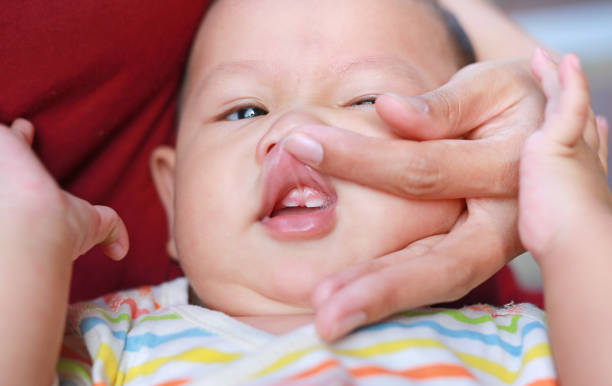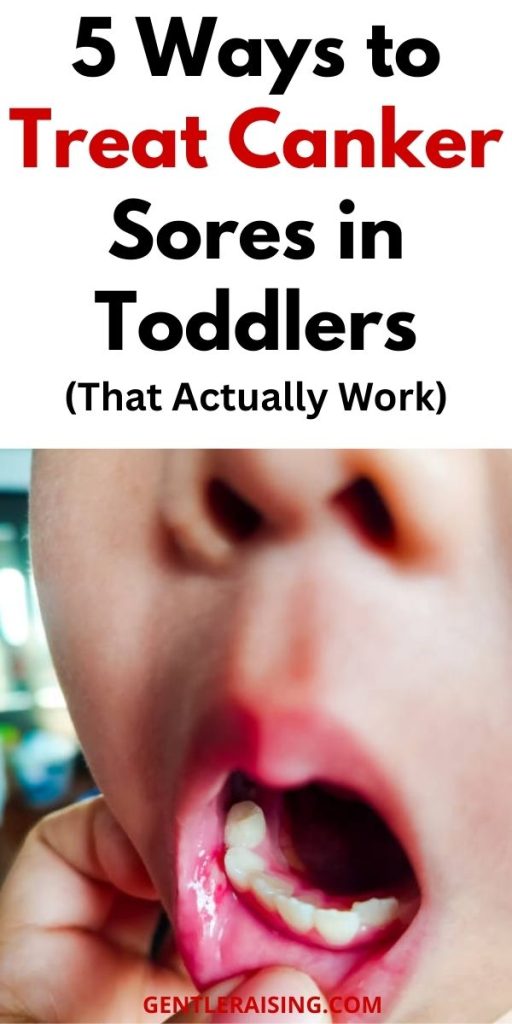Canker sores are sneaky little things. One minute your toddler’s happily chomping on their banana, the next BAM! They’re crying, cranky, and clutching their mouth like the world just ended. Sound familiar?
If you’ve never seen a canker sore in a toddler before, they can be oddly tiny for the drama they cause white or yellow patches with a red halo that sneak onto the inside of cheeks, lips, or under the tongue. And while they’re not contagious (thankfully!), they can really mess up your little one’s appetite, mood, and bedtime routine.
So, how do you soothe something you can’t bandage, ice, or even see easily? That’s where this list comes in. These five tried-and-true remedies will not only help ease your toddler’s pain but also restore a little peace to your daily rhythm.
1. Chill It Out: Popsicles, Peas & All Things Cold
Let’s start with the obvious: cold feels good on a sore mouth. Cold soothes inflammation and numbs discomfort, plus, popsicles are basically toddler crack. Try:
- Fruit popsicles (non-acidic flavours like banana or blueberry)
- Frozeyoghurtrt tubes
- A small clean spoon or teether chilled in the fridge
- Cold milk or breast milk in a straw cup
Even frozen peas in a washcloth can do the trick; just let them nibble and suck for a while. And hey, if they’ll let you sneak in a few sips of cold water or diluted juice through a straw, it helps too.
Just skip the citrus orange juice + open sore = disaster.
2. Saltwater or Baking Soda Rinse: Yeah, It Stings a Bit, But It Works
Okay, let’s be real. No toddler loves rinsing their mouth. But if yours is over two and can swish and spit, warm saltwater is one of the oldest and gentlest solutions around.
Here’s what you do:
- Mix ½ teaspoon of salt into 1 cup of warm water.
- Have them rinse for 20–30 seconds.
- Repeat 2–3 times a day.
It might sting a little at first, but the salt helps dry out the sore, reduce bacteria, and kickstart healing.
For toddlers who aren’t into rinsing, try a baking soda paste:
- Mix a small pinch of baking soda with a few drops of water.
- Apply gently to the sore with a clean finger or cotton swab.
- Let it sit for a few seconds before rinsing.
It’s not magic, but it’s close.
3. Nature’s Gentle Healers: Honey, Aloe & Coconut Oil
Sometimes the best remedies are already in your kitchen cabinet.
Honey
(Only for kids over 1 year old!)
Honey is soothing, antibacterial, and can form a protective barrier over the sore. Use a tiny bit 2–3 times a day. Manuka honey is even better if you’ve got it. (Yep, it’s priceybut it lasts forever.)
Aloe Vera
Aloe has that “cool kiss from nature” vibe. Just make sure you’re using pure aloe gel (no added alcohol or chemicals), and dab a tiny drop right onto the sore.
Coconut Oil
This one’s surprisingly effective. It reduces inflammation, fights bacteria, and tastes pleasant enough that toddlers usually don’t fight it. Use it like a balm 3–4 times a day.
Pro tip: Keep a small jar in the fridge. Cold + healing = double win.
4. OTC Relief – But With Asterisks
Let’s walk the cautious line here.
Some over-the-counter remedies can be used for totoddlersbut not all, and not all the time. Always check with your paediatrician first, especially if your toddler’s under two.
Can Help (for toddlers 2+):
- Alcohol-free mouthwashes (with soothing ingredients like aloe or chamomile)
- Liquid antacids (like a dab of Mylanta on a cotton swab for instant neutralisation)
- Oral gels with lidocaine (use with extreme care and only under a doctor’s approval)
Avoid:
- Benzocaine products for children under 2 (risk of methemoglobinemia, a rare but serious blood disorder)
- Mouthwashes with alcohol
- If any rinse or gel stings like crazy, your toddler will never trust you again. i n
Also, if pain is getting in the way of sleep or eating, children’s Tylenol or Motrin (acetaminophen or ibuprofen) may be okay in the correct dose. Check that bottle tw, ice, or better yet, ring up your doc.
5. Know When It’s More Than Just a Sore
Most canker sores vanish on their own in 1–2 weeks, but if they linger or keep coming back like an uninvited guest, it’s time to pay closer attention.
Call your paediatrician:
- The sore hasn’t healed after 2 weeks
- It’s unusually large or spreading
- Your toddler gets canker sores often
- They’re in so much pain they won’t eat, drink, or sleep
- You spot pus, a high fever, or swelling in the neck or jaw
In some cases, recurrent canker sores might be a red flag for:
- Vitamin deficiencies (B12, folate, iron)
- Stress (yes, even toddlers get stressed, shocking, I know)
- Food sensitivities or allergies
- Underlying immune issues
If things get too complicated, your paediatrician or pediatric dentist may suggest something stronger, like prescription steroid pastes, antimicrobial rinses, or lab work just to be sure.
Little Habits That Prevent Big Pain Later
You know what’s better than treating a canker sore? Not getting one at all. (Obviously.)
Try these simple routines:
- Switch to SLS-free toothpaste. (Sodium Lauryl Sulfate is a foaming agent that can trigger sores in sensitive kids.)
- Avoid acidic foods: oranges, pineapple, tomatoes, vinegar, anything that makes their mouth pucker.
- Keep up good oral hygiene gently, with a soft brush.
- Watch their stress levels. Changes in routine, a new baby in the house, even sleep regression can stir up emotional reactions… and in some kids, that shows up in their mouth.
- Keep nails short to avoid accidental mouth injuries from fingers.
And if they bite their cheek once, they’ll probably do it again. (Toddlers are nothing if not consistent.)
Real Talk: It’s Just a Sore. But It Feels Like a Storm
If you’ve been up at midnight with a toddler crying into their cup of milk, wincing every time it hits their sore, just know, you’re not alone.
Canker sores seem so small on paper. But in the middle of a chaotic toddler day? They’re huge. They affect eating, sleeping, talking, and just about every ounce of patience you’ve got left.
But hang in there. With a little chill, a little sweetness, and a lot of love (plus coconut oil and honey, apparently), your little one will be back to full-cheeked giggles soon enough.
And hey, if your toddler somehow manages to get yoghurt inside their sock while you’re treating a mouth sore, you’re officially in the club. Welcome.
Final Thought
Toddlerhood is a wild ride full of tiny emergencies, from mystery rashes to sudden refusals to wear pants. A canker sore might not seem like much, but when your little one is hurting, it’s a big deal.
Now you’ve got five solid ways to make that pain go away, and maybe a few tricks to avoid it altogether next time.
And if all else fails? You know the drill:
Snuggles. Snacks. Sleep. Repeat.

